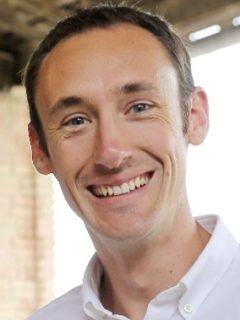
"Combining different spectroscopies to quantify the movement of electrons in quantum dot films"
Quantifying excited state dynamics is the key to designing and improving materials for optoelectronic devices. Specifically, understanding the competing processes (i.e. radiative vs. non-radiative recombination, multiple exciton generation, charge transfer and extraction) for excited states in quantum dot (QD) films and solar cells is critical for finding and fixing defects in them. After presenting the synthesis routes developed, I’ll discuss a combination of spectroscopic techniques: transient absorption, time-resolved microwave conductivity, spectroelectrochemistry, time-resolved photoluminescence and photoluminescence quantum yield (PLQY) to understand the transport and fate of excited charge carriers. The optoelectronic properties of the QDs depend largely on the surface environment of the nanocrystal. The molecules (i.e. ligands) present on the surface from the synthesis of the QDs often hinder certain desirable processes like charge transfer and induce undesirable effects like charge carrier recombination. The ligands are then exchanged to make the highest performance materials in terms of solar cell efficiency or PLQY. I present findings on how certain properties like charge carrier transport, PLQY, and carrier multiplication efficiency are affected by the nature of the surface ligands. I will show spectroscopic and device performance data for three general types of QDs: PbS, CuInS 2 , and BaTiS 3 and provide a general strategy for improving performance by employing a combination of theoretical and experimental techniques to find and fix the limiting processes.
